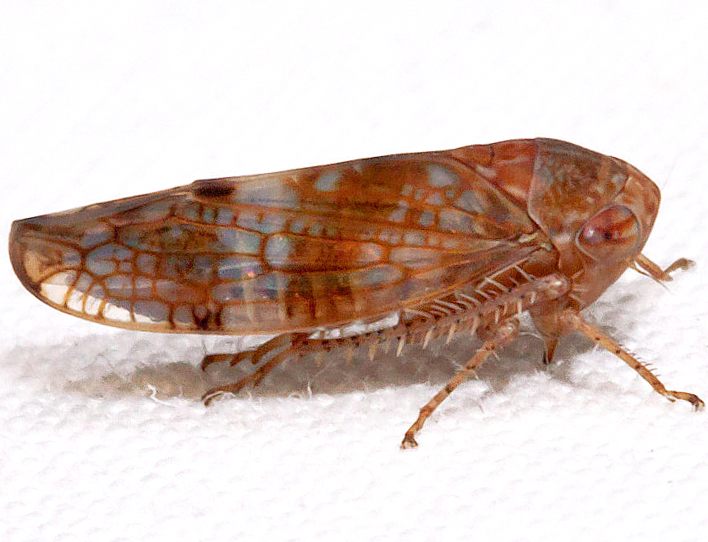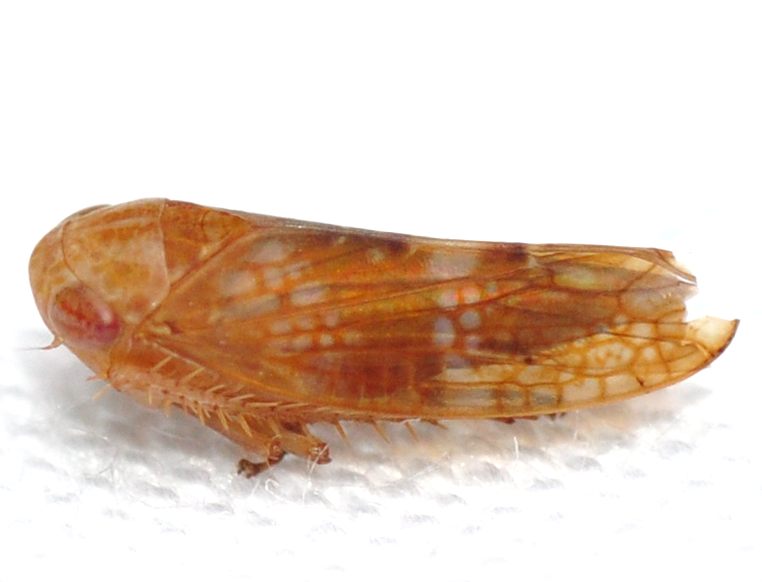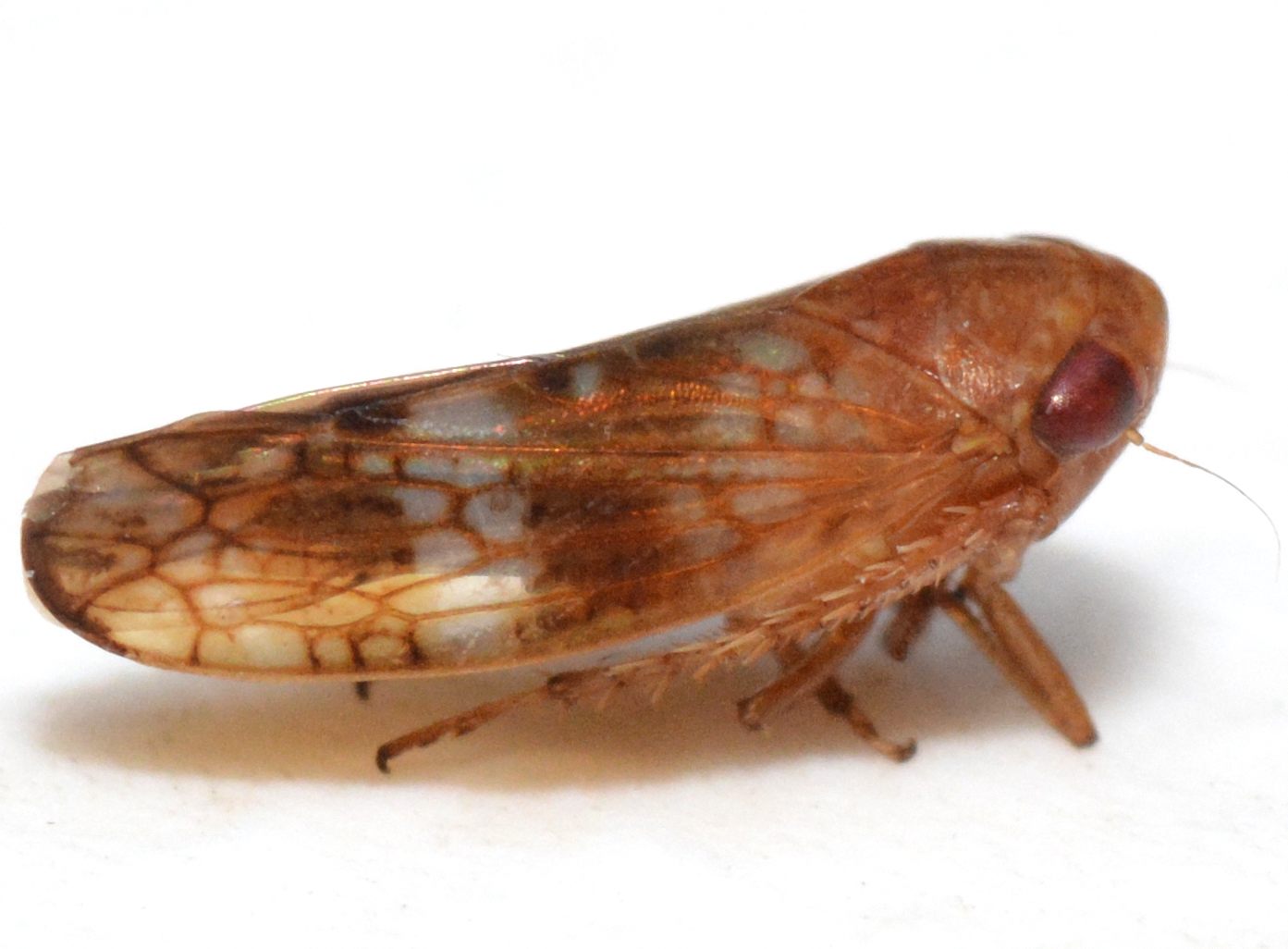| Family (Alpha): | |||
« |
 » » |
| CICADELLIDAE Members: | NC Records | |||||
|---|---|---|---|---|---|---|
Aligia meridiana - No Common Name | ||||||
 © Ken Childs- side view |  © Kyle Kittelberger |  © Kyle Kittelberger- note banded appearance |  © Kyle Kittelberger- female, note sternite |
|
Hoppers of North Carolina: Spittlebugs, Leafhoppers, Treehoppers, and Planthoppers |
| Family (Alpha): | |||
« |
 » » |
| CICADELLIDAE Members: | NC Records | |||||
|---|---|---|---|---|---|---|
Aligia meridiana - No Common Name | ||||||
 © Ken Childs- side view |  © Kyle Kittelberger |  © Kyle Kittelberger- note banded appearance |  © Kyle Kittelberger- female, note sternite |